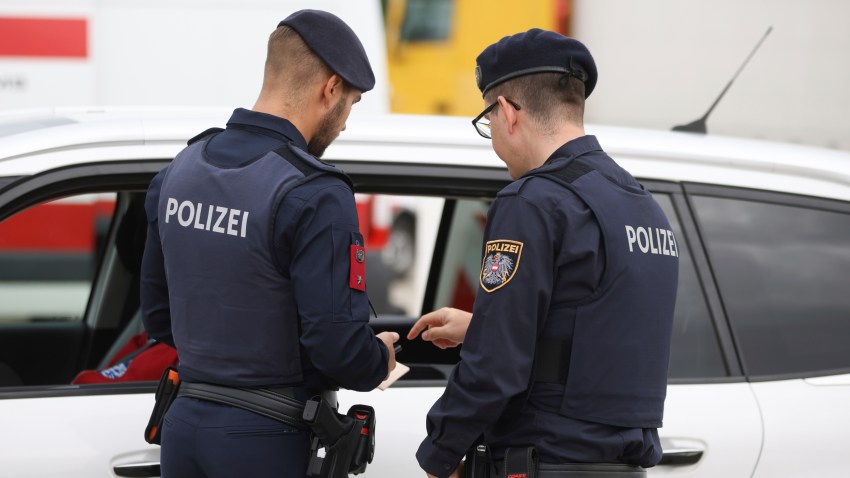The effects of the migration surge to the European Union are being keenly felt at the union’s internal borders, which are normally fully open and imperceptible, like those between U.S. states. But for months now, “temporary” border checks have been imposed for people going from south to north, from Italy to France and Slovenia to Austria. The same is true from Austria to Germany, from Germany to Denmark and from Denmark to Sweden.
It’s not as intense as a border check between EU and non-EU countries. Officers wave cars through if the occupants don’t look suspicious. They are looking for one thing: people-smugglers bringing migrants into the EU via the Balkan route. There are no checks in the southbound directions.
Such internal border checks are illegal under the EU’s passport-free Schengen rules. However, countries can apply for six-month temporary exemptions to the rules in emergencies, and six EU countries currently have such exemptions in force. But many of these exemptions have in practice been in place for years now. They are just renewed every six months, stretching the credibility of the Schengen system. The European Commission has not yet taken a stand against this abuse of the rules by France, Germany and others.

